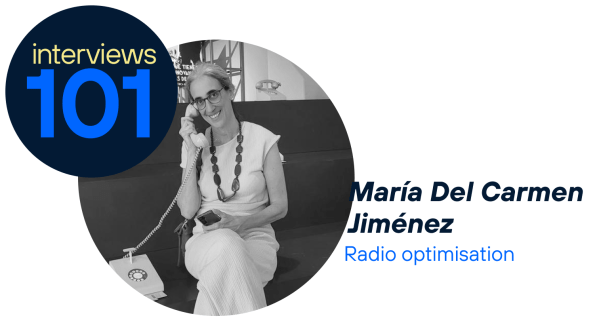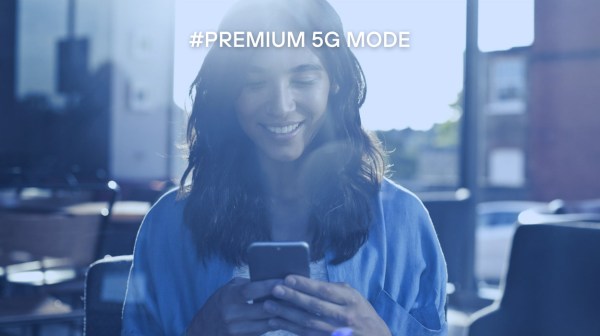Telefónica remains committed to innovation, research into new technologies and close collaboration with partners to build a sustainable future where there is room for everyone. On this path, the Polytechnic University of Valencia (UPV) and the Nokia company have joined forces to create the first 5G holographic laboratory in Spain.
The three parties have joined forces to promote this initiative, which aims to explore the new 5G technology and serve as a test platform for entities and companies. Telefónica is in charge of supporting the 5G network with a 26 GHz band, immersive applications with real-time 3D holography and infrastructure for cloud and edge computing, managing immersive content and performing QoE (Quality of Experience) tests.
For its part, Nokia will provide the laboratory with 5G advanced network equipment, both for access and support for the configuration of advanced functionalities, and the UPV will be responsible for providing a research team specialised in holographic technologies and will use the laboratory for use cases related to education.
Features of the 5G holographic laboratory
The most outstanding aspect of this 5G holographic laboratory is that it is the first to be created in Spain, which represents a major breakthrough in the research and implementation of this technology. It will promote projects in two areas that have much in common: the 5G network and holography.

In the case of 5G, it is implemented through 5G NSA (Non Stand Alone) technology. Both in the 26 GHz band. Both use cases offer very beneficial results for network users, such as low latency and high bandwidth, thanks to the 1 GHz spectrum Telefónica has available for these tests.
In addition, it is also intended to combine the capabilities of the 5G network at 26 GHz with Edge Computing resources to create immersive experiences. This allows for better execution of immersive and holographic content. This is where the relationship between 5G and holography would come together.
Immersive products that require holographic technology demand high network and computational capabilities to be able to deliver a quality image. In this laboratory case, the response of the network has to be even higher, as it is intended to represent 3D volumetric models in real time by means of an uptake study.
This studio will be able to represent 3D figures in real time applicable to use cases related to different sectors such as education or entertainment.
What results will the 5G holographic laboratory deliver
It is hoped that the collaboration between Telefónica, Nokia and the UPV will bear good fruit and can be applied to real use cases. Different products and services related to entertainment and education can be developed with holographic content. From immersive video conferencing with hyper-realistic avatars to hologram streaming for training.

The UPV will be in charge of implementing these products applicable to education, but the laboratory can be applied to many more use cases. Any company or public institution that wishes to do so can test its applications and find out how it works or how it can include this type of technology in its product and service offerings.








